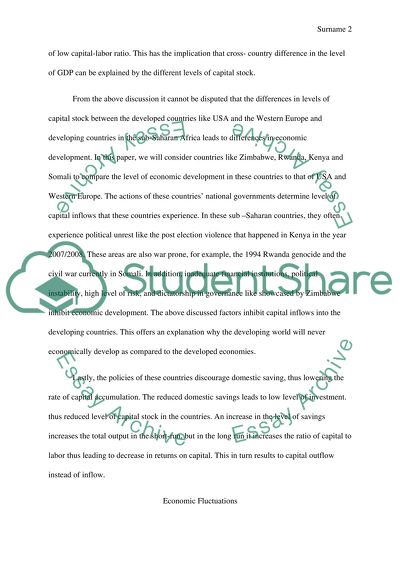Cite this document
(“LR growth, Economic Fluctuations, US Stabilization Policy Term Paper”, n.d.)
LR growth, Economic Fluctuations, US Stabilization Policy Term Paper. Retrieved from https://studentshare.org/macro-microeconomics/1437799-lr-growth-economic-fluctuations-us-stabilization
LR growth, Economic Fluctuations, US Stabilization Policy Term Paper. Retrieved from https://studentshare.org/macro-microeconomics/1437799-lr-growth-economic-fluctuations-us-stabilization
(LR Growth, Economic Fluctuations, US Stabilization Policy Term Paper)
LR Growth, Economic Fluctuations, US Stabilization Policy Term Paper. https://studentshare.org/macro-microeconomics/1437799-lr-growth-economic-fluctuations-us-stabilization.
LR Growth, Economic Fluctuations, US Stabilization Policy Term Paper. https://studentshare.org/macro-microeconomics/1437799-lr-growth-economic-fluctuations-us-stabilization.
“LR Growth, Economic Fluctuations, US Stabilization Policy Term Paper”, n.d. https://studentshare.org/macro-microeconomics/1437799-lr-growth-economic-fluctuations-us-stabilization.


